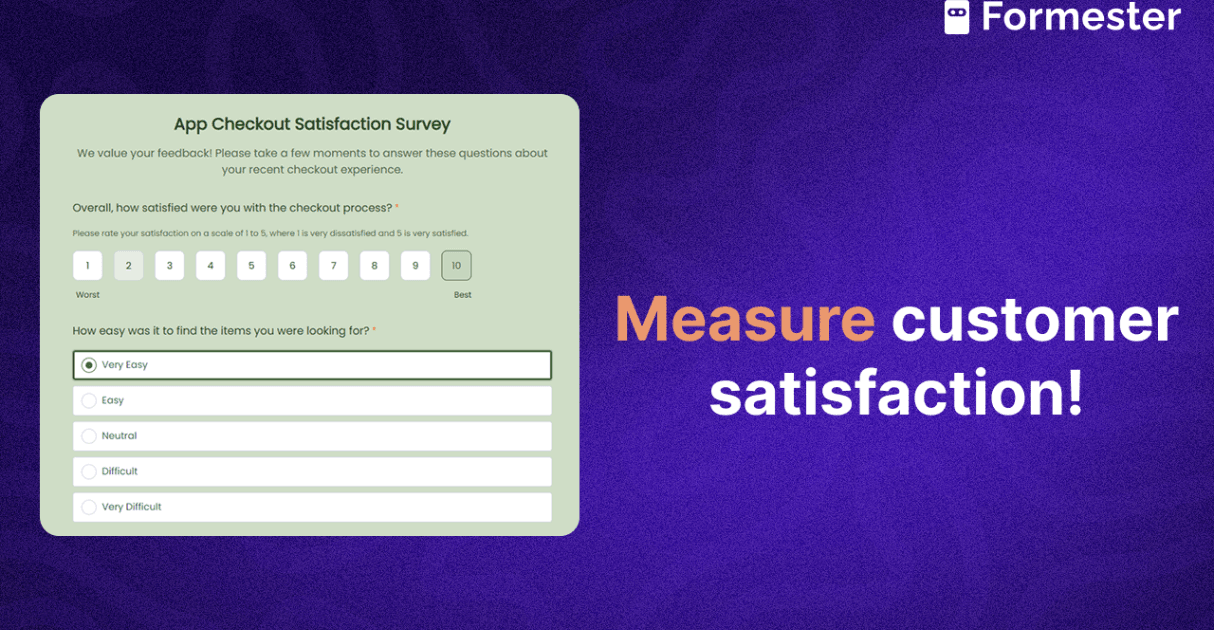How to Automate Client Onboarding with Advanced Forms
Client onboarding is the first step in building strong client relationships. A smooth customer onboarding process helps clients feel confident, while a slow, manual process can lead to frustration.
Automating this process saves time, reduces errors, and improves the overall customer onboarding experience. With smart client onboarding forms and automated workflows, you can make repetitive tasks easier. You can also keep clients updated and ensure a smooth transition into your product or service.
In this guide, you’ll learn a step-by-step method to automate client onboarding using online forms.
What is Client Onboarding and Why Should You Automate It?
Client onboarding is how you introduce new customers to your product or service. It includes gathering essential details, setting expectations, and making sure they know what to expect.
A well-structured customer onboarding process ensures that clients understand your services and feel supported from the beginning. Manual onboarding can be time-consuming and prone to mistakes. Automating it reduces the workload, ensures real-time updates, and improves efficiency.
Clients receive information instantly, and you don’t have to spend hours on repetitive tasks.
What Should a Client Onboarding Form Include?
It should include fields for basic information like name, email, company, and service requirements. To make the customer onboarding experience better, add an e-signature field for agreements. Include options for uploading documents and a section to schedule an onboarding call.
Use this basic client onboarding form template below to take inspiration from:
How to Automate Client Onboarding with Online Forms?
1. Create an Onboarding Form with AI Making a form from scratch takes time. But with AI form generators like Formester, you can create a ready-to-use client onboarding form in seconds.
Just type something like, "Make a client onboarding form for a marketing agency," and AI will generate all the important questions for you. And of course you can customize the questions later on.
2. Use Conditional Logic to Show or Hide Questions Not every client needs to answer the same questions. Conditional rules will keep the form short and relevant to that client by showing or hiding fields based on their responses.
For example: If a client chooses “Website Design,” then you can show the question: “Do you need an online store?” If they select “SEO Services” then you can show a different question related to SEO.
This will make the form easier to fill out. And help you save time in creating multiple forms.
3. Auto-Fill Client Details Typing the same information over and over can be annoying. Use the @ sign to recall answers from previous questions to Pre-fill fields such as name, email, or company. This can save a lot of time and reduce mistakes by the client.
4. Allow Digital Signatures Instead of asking clients to print, sign, and scan documents, let them sign forms online. Use the e-signature field, so clients can sign agreements instantly within the form. You can also use the file upload field to collect a picture of the signature.
5. Connect Forms to Your CRM Manually entering client details into your system can be a headache. Instead, use a workflow automation tool to connect your form to tools such as HubSpot, Salesforce, or Zoho CRM. This way, every new client’s info is saved automatically.
6. Set up automated Emails & Reminders Once a client submits the form, they should get a confirmation email with information about the next steps. You can do this using email autoresponders in which you can send personalized emails to the client upon form submission.
You can also integrate the form with slack or ms teams, to notify your team members about the client request.
Final Thoughts
A good client onboarding process makes things easier. It improves efficiency and builds better client relationships. It also helps clients transition smoothly into your product or service.
Using AI forms, automated workflows, and project management tools can help you remove repetitive tasks. This will create a smooth customer onboarding experience.
By following these steps, you can automate client onboarding. This will help keep your clients informed in real time. You will also create a structured and easy-to-use process.
A good system saves time and makes sure every new client has the best experience possible.

